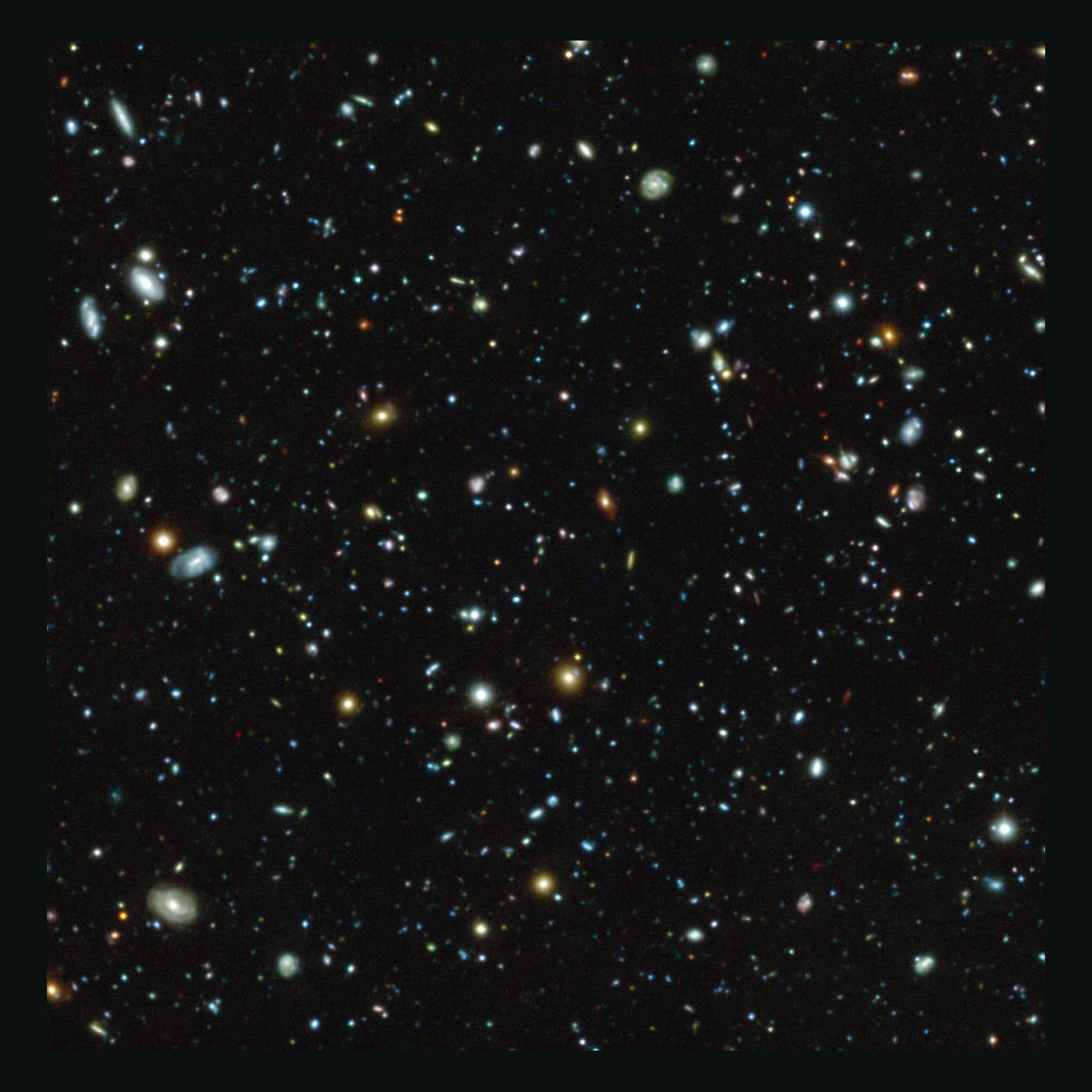Episodes
This weekend, if we're lucky to get clear enough skies, check out one of the best moon phases
for lunar observation.
Published 11/20/20
Published 11/20/20
This weekend's target is a classic cold weather cluster right next door to its famous half-sisters.
Published 11/13/20
This weekend, look for a classic target known and celebrated since time immemorial.
Published 11/06/20
This weekend, two rare lunar treats. And the trick is, they always happen at the same time.
Published 10/30/20
This weekend, let's identify a classic northern hemisphere constellation.
Published 10/23/20
While the moon is pretty to look at and easy to find, its light outshines a lot of deep sky objects. Galaxies, star clusters, nebulae. So moonless nights are what amateur astronomers live for.
Published 10/16/20
Mars, Jupiter, Saturn, Uranus, AND Neptune will all be in the evening sky this weekend. And so will Pluto, if you still consider it to be a planet, but most amateur telescopes won't have a chance of spotting it.
Published 10/09/20
On Friday night October 2nd, Mars hangs out with the nearly full Moon.
Published 10/02/20
This weekend, the gibbous moon steals the show, but there's plenty more to see nearby.
Published 09/25/20
Tonight, and EVERY night, you can see not one, but TWO star clusters... right next to each other.
Published 09/19/20
The Alpha Persei (PER-see-EYE) Cluster is an open cluster of hot, bluish-white B-type stars. These kinds of stars are so energetic, they don't live long. So most of the B-type stars we can see in the night sky are, on the cosmic scale, practically newborns.
Published 09/11/20
Hiding in the constellation Cassiopeia is a star cluster that goes by many names. Its most official name is NGC 457 for its place in Danish astronomer John Lewis Emil Dreyer's New General Catalogue.
Published 09/04/20
Hiding in the constellation Cassiopeia is one of the brightest stars of its kind we've ever found.
Published 08/21/20
The Perseid Meteor Shower is great not only because it falls among the warmest nights of the year, so you don't really have to bundle up to see it. But also because it's one of the most frequent showers, producing up to 110 meteors per hour at its peak. That's a meteor almost every thirty seconds.
Published 08/14/20
The weather doesn't look great this weekend, but if we're lucky enough to have clear or clear-ish skies, look the southeast after sundown... so around 9:30.
Published 07/31/20
There's a lot in the sky this weekend for anyone with binoculars or a cheap telescope. Comet Neowise is still in the northwestern sky, but turn around and you'll see two slightly more permanent fixtures.
Published 07/24/20
If you have dark skies, you can see Comet Neowise with the naked eye, but urban and most suburban observers will probably need some help spotting it.
Published 07/17/20
The largest planet in our solar system is clearly visible late at night. It rises to the southeast just after sunset, and it's highest right around 2am, so if you're up late, go out and look.
Published 07/10/20
Looking at the moon with the naked eye, you'll notice a few big features. The so-called "seas," the large 'Ocean of Storms' to the west, Even the Tycho crater to the south. But look closer with a telescope-even a pair of binoculars, and the moon REALLY reveals itself.
Published 07/03/20
Jupiter and Saturn will be low to the southeast late evening. The later it is, the higher they'll be. They're right next to each other too, so if you find one, you can find the other.
Published 06/26/20
The stars Vega, Deneb, and Altair form what's called the summer triangle, which sweeps overhead all night during the warmer months of the northern hemisphere.
Published 06/19/20
Ophiuchus was one of the original 48 constellations listed by the second century Greek astronomer Ptolemy.
Published 06/12/20
It's called the Strawberry Moon because June is the month when strawberries are ripe for the picking in much of the US.
Published 06/05/20


